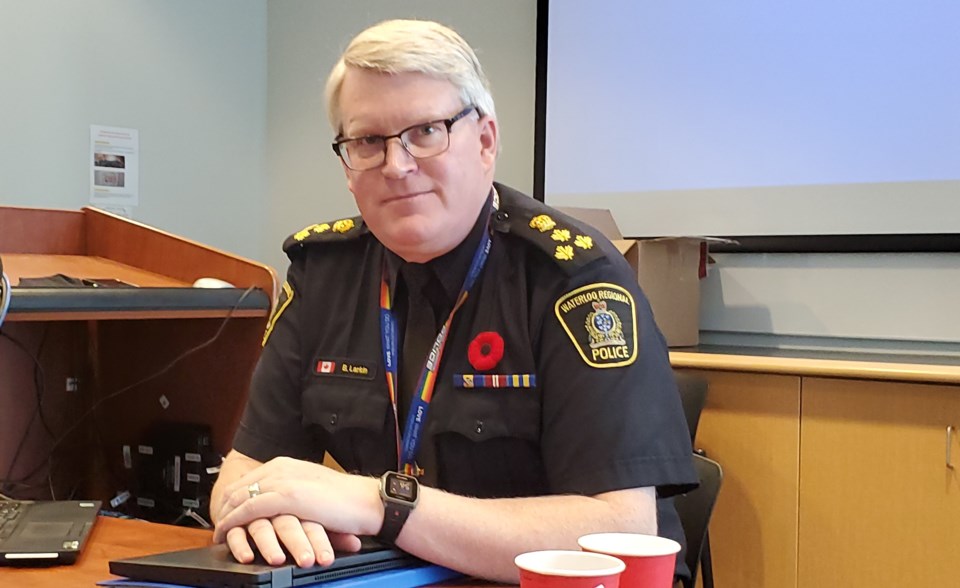It was a Family Day long weekend many will not soon forget.
After nearly a month spent living under siege from convoy protesters, residents of downtown Ottawa and beyond watched as police from across the country finally made a concerted push to take back the capital.
"The last weekend, like probably many Canadians, I was very much glued to the television watching this unfold," said Waterloo Regional Chief of Police Bryan Larkin.
No operational details have been provided still so there's no word as to exactly how many police were involved from across the country, though WRPS does confirm several of its members were in Ottawa but all have since left.
Larkin does however say WRPS was involved in the planning process as well as leading part of the deployment of public order officers -- better known as riot police.
"So I'm immensely proud because I have intimate knowledge behind the scenes of all the coordination and all the work that was going on," Larkin said. "But clearly the first three weeks created significant disruption."
Those first three weeks had left locals understandably frustrated and outraged, with some suggesting Ottawa police had failed or neglected to do their jobs. Ultimately, shortly before the beginning of the end got underway, the end had already come for Ottawa's top cop.
"You know Chief [Peter] Sloly is a friend of mine and obviously I'm sad to see what transpired," said Larkin.
"I think that that's where the lessons are learned," Larkin added. "Around police intelligence and national intelligence, probably some discussions around police governance and interaction between the chief and police services board, et cetera."
Larkin, meantime, is also the current president of the Canadian Association of Chiefs of Police and says he continues to support the decision by the federal government to invoke the Emergencies Act for the first time. "And there's a couple of key pieces in there that, for use, made the difference," he said
He points to protest economics and the ability to target, freeze, and seize major money believed to be funding the continued protests.
"The second piece that was significant was we were able to actually mobilize police officers from across the country and they were able to enforce provincial and municipal legislation without having to be sworn-in," Larkin said.
He said designating the protest an illegal occupation also allowed for check points to be set up to further help prevent and deter the crowd from swelling as it had during the weekends previous.
Despite all that, the invocation of the Emergencies Act does come with an automatic review and that process is now underway. Larkin says there are still many questions to be answered.
"There's always lessons learned but I still think it's a sad day for our country," he said.
"You look at the division and some of the challenges that have been ongoing, I think we need to find some common ground and I think we owe it to everybody in the community to do better but also to build better and to come together."



